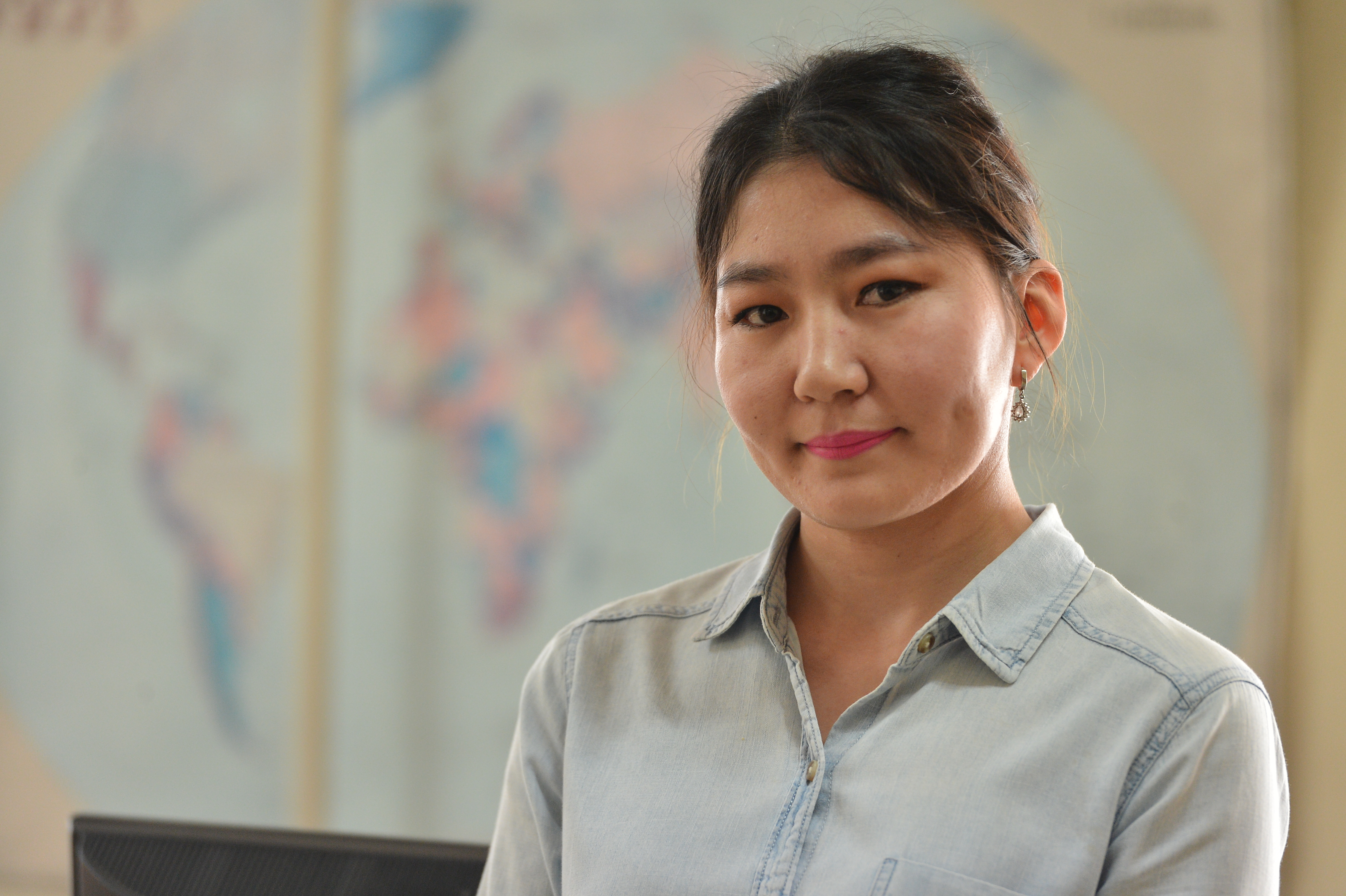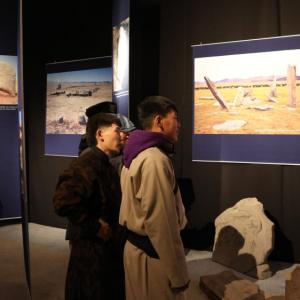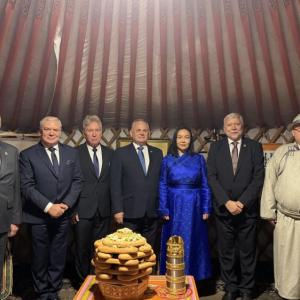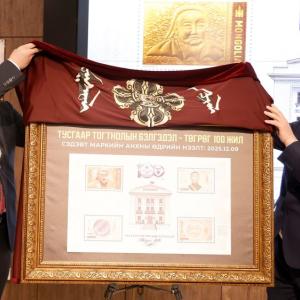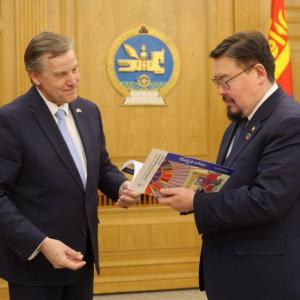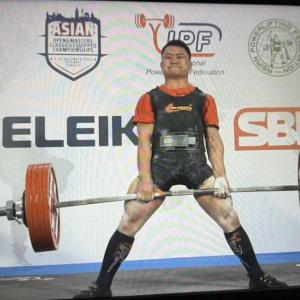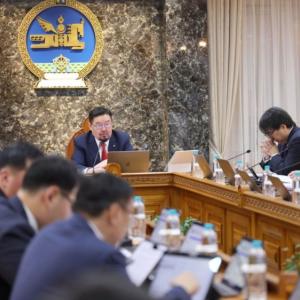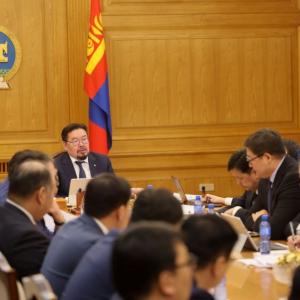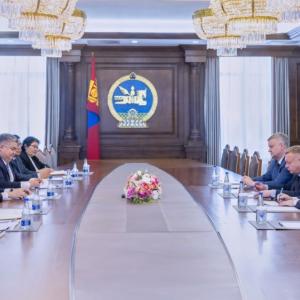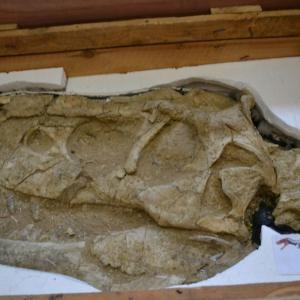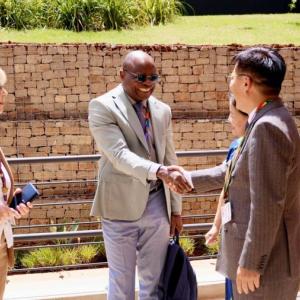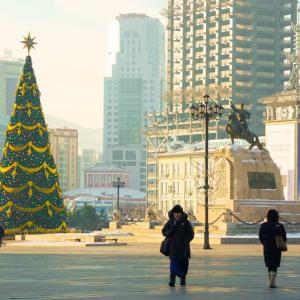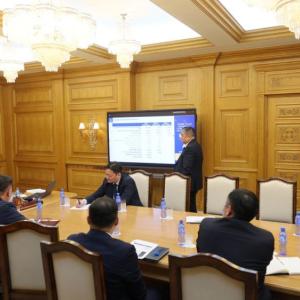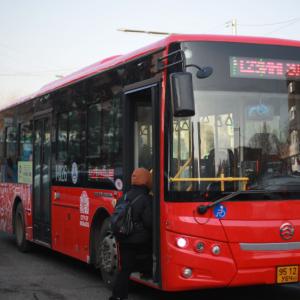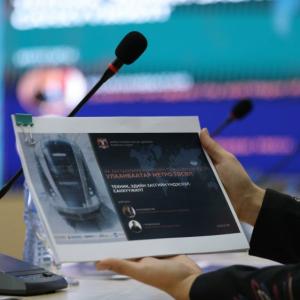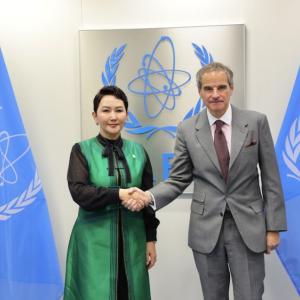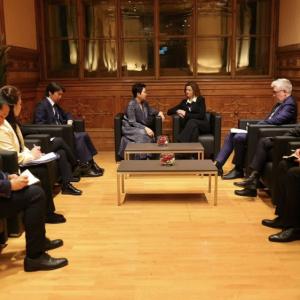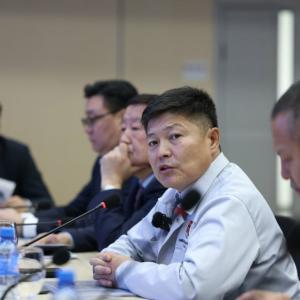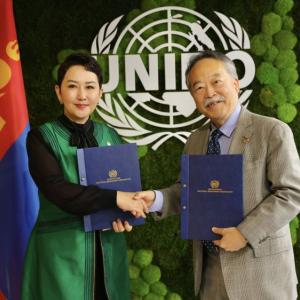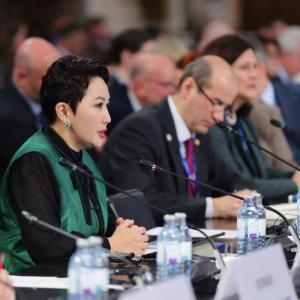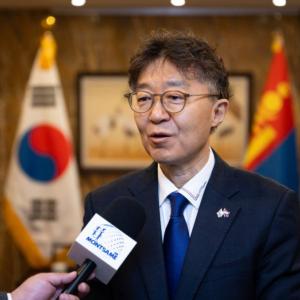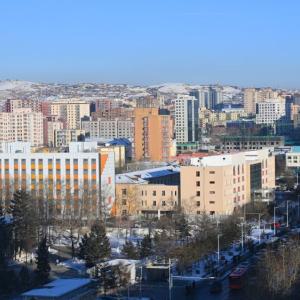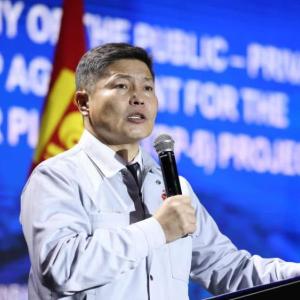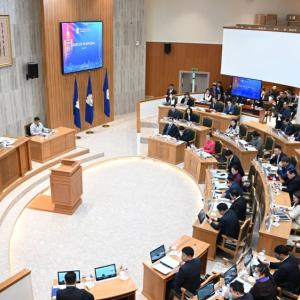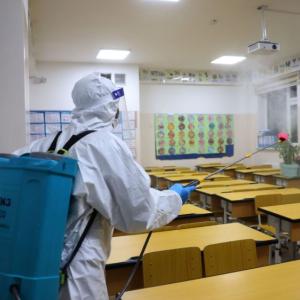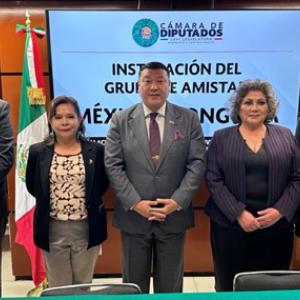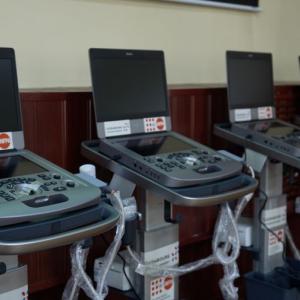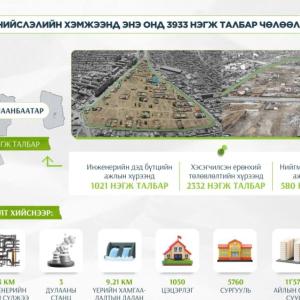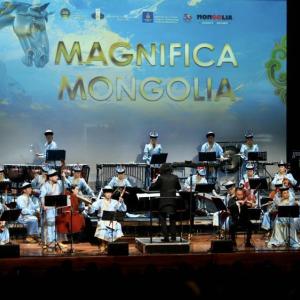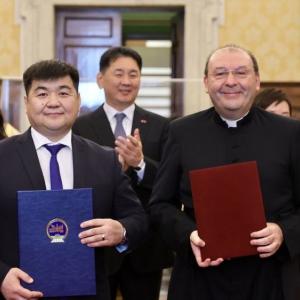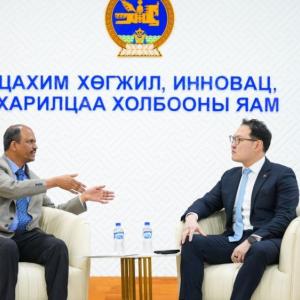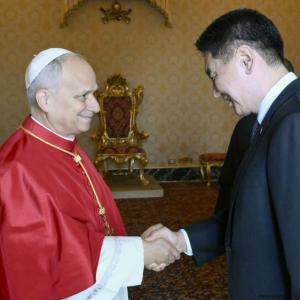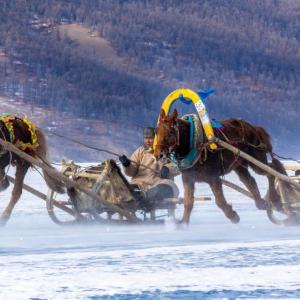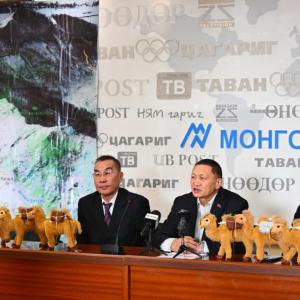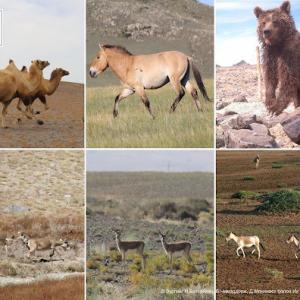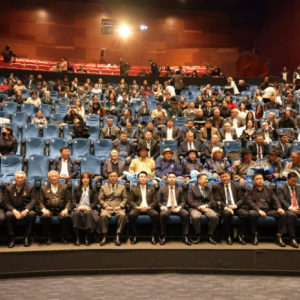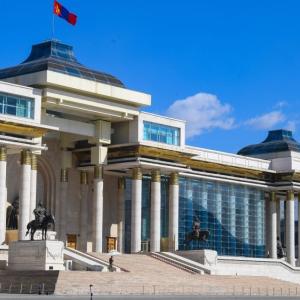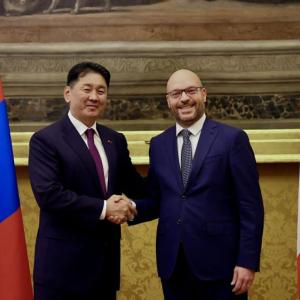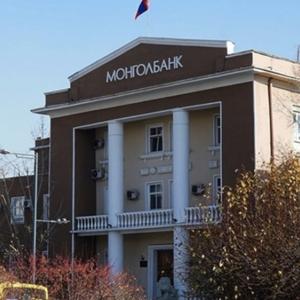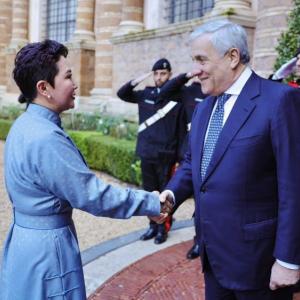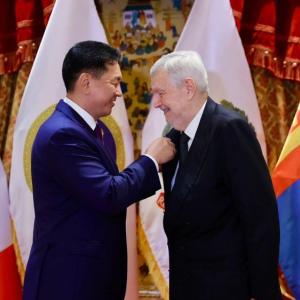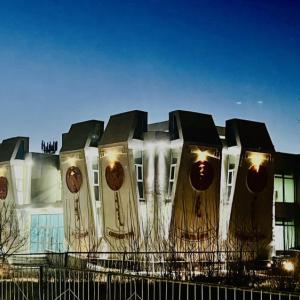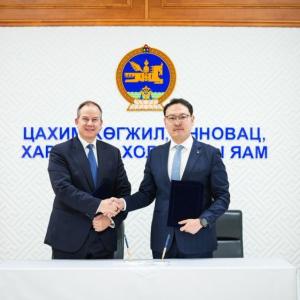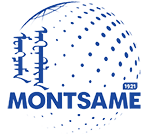Protection of sound and audiovisual cultural heritage under discussion
Society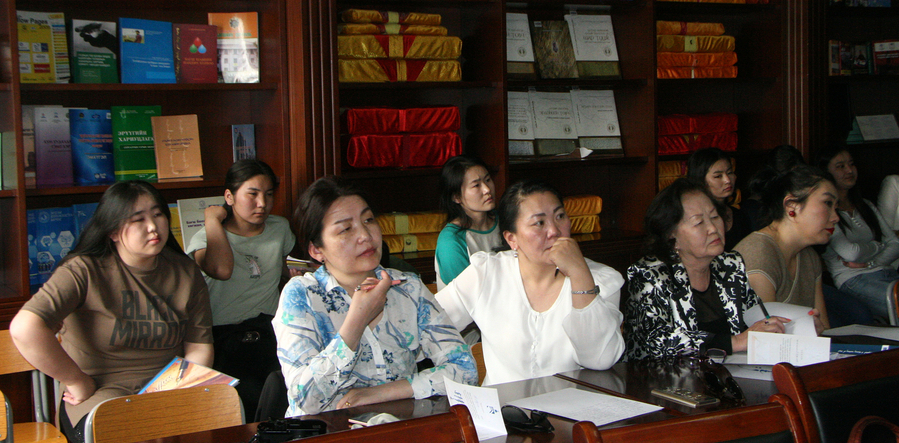
Ulaanbaatar /MONTSAME/ A scientific theory-practice conference themed ‘Current Condition of Sound and Audiovisual Cultural Documentary Heritage’ was organized by the Ministry of Education, Culture, Science and Sports in cooperation with the National Library of Mongolia and the Cultural and Arts Department on May 3.
This time conference focuses on documentary cultural heritage preserved in film, stone and wood and the attendees discussed classification, type and preservation condition of cultural documentary heritage which are under preservation of the General Archival Authority, the Mongolian National Broadcaster and museums.
Furthermore, specialists from Mongolian National Commission for UNESCO and the National Museum of Mongolia presented international standards to create environment for conservation and protection, methodology for the restoration and guidelines. The conference has importance in a way of considering the whole issue on conservation and protection of cultural heritage and publicizing it.
This time conference focuses on documentary cultural heritage preserved in film, stone and wood and the attendees discussed classification, type and preservation condition of cultural documentary heritage which are under preservation of the General Archival Authority, the Mongolian National Broadcaster and museums.
Furthermore, specialists from Mongolian National Commission for UNESCO and the National Museum of Mongolia presented international standards to create environment for conservation and protection, methodology for the restoration and guidelines. The conference has importance in a way of considering the whole issue on conservation and protection of cultural heritage and publicizing it.
"Cultural documentary heritages in various forms such as script, image and sound are scientific important materials as precious heritage of history, language, culture and custom. Mongolians started taking photos in 1870s and it has more than 150 years of history. Photographic fact becomes an original fact of Mongolian study. Therefore, it has necessity to collect photos about Mongolian history from museums and individuals and to preserve and protect at professional level. Also, it needs to find Mongolian photos in foreign countries and to insert them in unified system," S.Tsatsral, Director of Ulaanbaatar City Museum stressed in his presentation.
"The Ulaanbaatar City Museum has treasury of over 2000 photographs and 3000 negative films. We are working to scan, register and preserve them adapting to modern form," he added.
‘Cultural Heritage Protection Program’ was adopted in 2014 and the program are being implemented in two stages 2015-2017 and 2017-2022.
B.Batchimeg
 Ulaanbaatar
Ulaanbaatar





